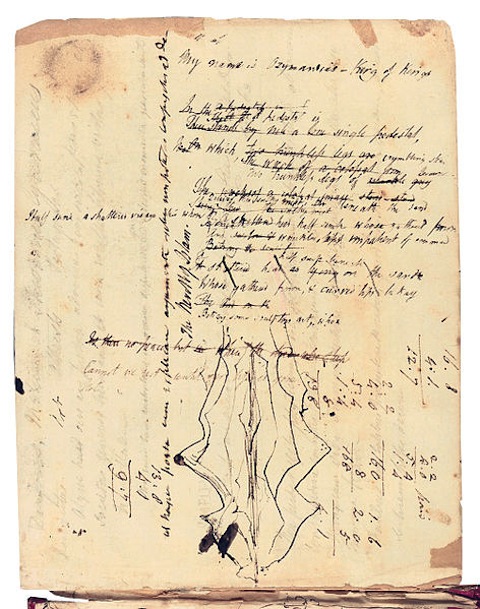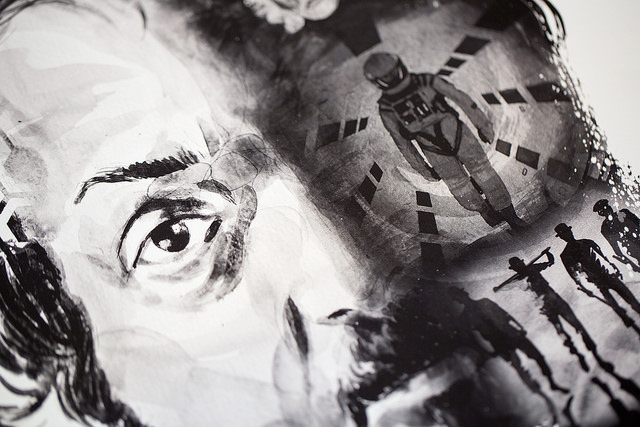If you’re a New Yorker, you know this stretch of subway inside and out. You’ve schlepped from Union Square to Grand Central Station on the 4, 5, or 6 trains how many times? Probably more than you care to count. But don’t worry, you’re in good company. New Yorkers have been making this journey since 1904, and here we have some vintage video to prove it. Shot on May 21, 1905, seven months after the IRT subway line opened, the video shows a train moving uptown. And then, during the last minute, you can see the New Yorkers exiting the train, svelte and dressed to the nines.
If you’re wondering how this clip was shot, let me add this: A camera was mounted on a subway train following another train on the same track. Lighting was provided by a specially constructed work car on a parallel track.
This public domain film can be found in the Library of Congress’ Early Motion Picture Collection. The video itself comes to us via the New York Daily News, where you can see maps and pictures of the early 20th century subway system.
If you would like to sign up for Open Culture’s free email newsletter, please find it here. It’s a great way to see our new posts, all bundled in one email, each day.
If you would like to support the mission of Open Culture, consider making a donation to our site. It’s hard to rely 100% on ads, and your contributions will help us continue providing the best free cultural and educational materials to learners everywhere. You can contribute through PayPal, Patreon, and Venmo (@openculture). Thanks!
Related Content:
The World’s First Mobile Phone Shown on 1922 Vintage Film
Berlin Street Scenes Beautifully Caught on Film (1900–1914)
1927 London Shown in Moving Color
Rare Color Footage of the 1939 World Series: Yankees v. Reds





